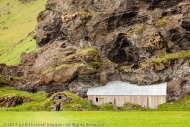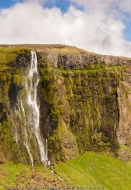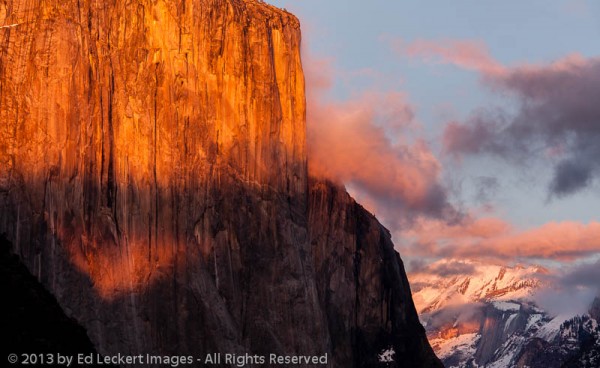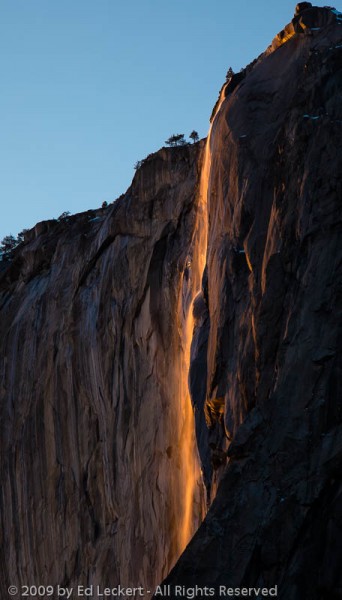


It’s amazing how National Park Service management attitudes have changed over the last century. The old ideas of actively trying to manage nature, resulting in all sorts of problems, have been replaced with the thinking that perhaps nature knows a bit more about taking care of itself that we ever will. And, by the way, nature can be pretty amazing without the human generated circus antics of days past.
Take the feeding of bears, for example. Tourists to the park enjoyed watching this spectacle so much that even the first director of the National Park Service, the esteemed Stephen Mather, got sucked in, as shown in this 1923 photo of the famous director actually feeding bears in front of tourists in Yellowstone National Park! Can you believe it? Today we feel that this just makes bears lose their fear of humans, and worse, rely on humans for food. Scores of people have been injured or killed by bears as a result of treating bears like pets, which they are assuredly not.
Fire suppression is another example. For thousands of years, Yosemite’s early inhabitants would actually set fires to promote the growth of plants that they depended on for food. In fact, the giant Sequoia trees of Yosemite and Sequoia National Parks depend heavily on fire for the survival of the species. So by suppressing fires in forests, over time we add to the fuel load and cause all sorts of other problems until any fire that does start will do much more damage than if we had let nature take its course. The Park Service now realizes this and has changed its fire management procedures to be much less aggressive.
Playing with fire wasn’t out of the question, either. Beginning in 1872 and continuing off and on until 1968, a summertime event called the Yosemite Firefall took place. A huge bonfire was built on the edge of Glacier Point and, on command from below, the burning embers would be shoved off the cliff to the valley 3,000 feet below to create the appearance of a glowing waterfall. The National Park Service finally decided in 1968 to end the circus act because the meadows were getting trampled by all the tourists gathering to watch from below, and frankly, this wasn’t a particularly natural event, to say the least.
So, that must have been the end of the “firefalls” in Yosemite, right? Those mean rangers are depriving those of us who couldn’t make it before 1968 (I did, in 1962, but don’t remember the firefall) of our natural born right to National Park entertainment, right? Not so fast. As I said earlier, nature has some pretty cool tricks up its sleeve, and a “firefall” of a slightly different sort is one of them.
You, see, twice every year, for a few days in late February and October, the setting sun shines through a narrow notch in the western end of the park to line up perfectly with a certain place on the famous cliff, El Capitan. I believe the Incas had something to do with this. (Just kidding!) You can see the shadow of the notch on El Capitan in the image below, taken at sunset in late January.

El Capitan lights up in the warm glow of the day’s last light, in Yosemite National Park, California.
Now the difference between the February alignment and the October alignment is that in February, snow-melt from the top of El Cap, as it’s commonly called, is streaming off the side of the granite wall in what is called Horsetail Fall. In October, there is no water, and so no fall.
But in February, the water streams off the cliff just far enough out that the sunlight peering through that notch lights up just the water, but not much of the rock face. So, if you stand with the waterfall between you and the sun, that very late afternoon light, which has to struggle to get through all that pollution to the west that California is famous for, creates a beautiful orange glow that makes the water appear like fire streaming off the cliff.

During the last two weeks of February, the setting sun backlights Horsetail Fall, producing a beautiful, natural “firefall”, at Yosemite National Park, California.
So what’s it like to travel to Yosemite in February to see this event? What does the rest of the park look like? Well, you’ll just have to wait until next time!
And remember, only you can prevent forest fires, human bear feeding, and inappropriate firefalls!
